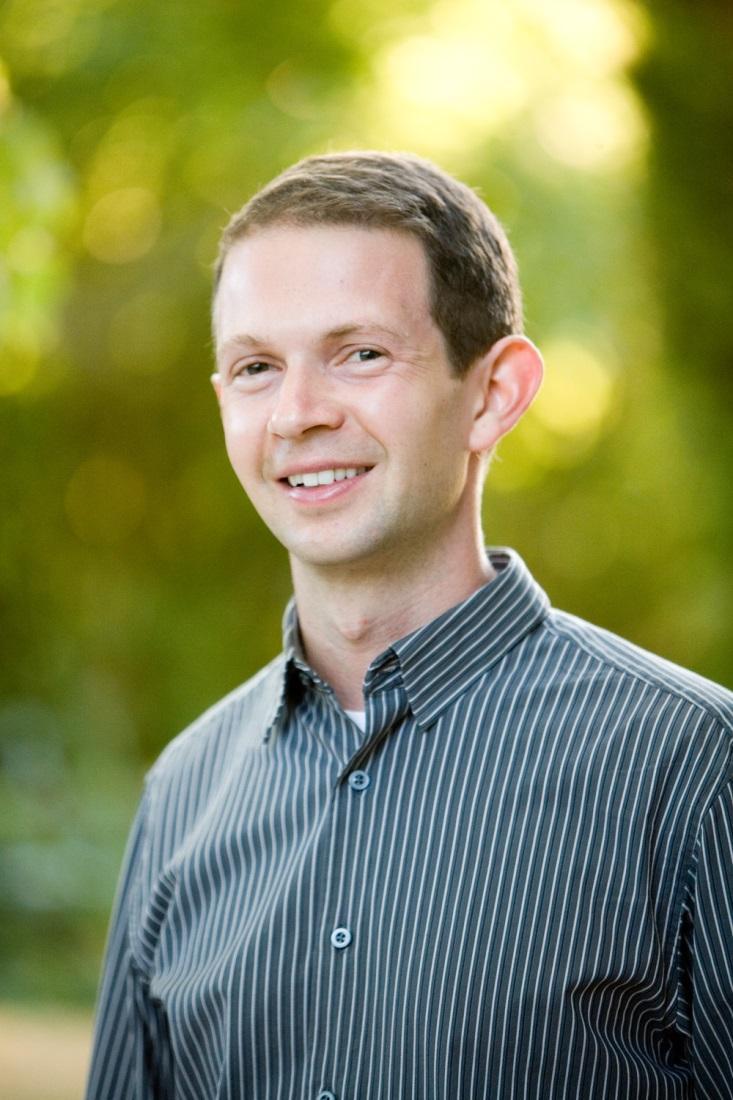
Dr. C.J. Gabbe Seeks Answers to Improve Housing Sustainability
Silicon Valley is world-renowned for its innovation — and its persistent housing crisis. One person hoping to make a difference is Dr. C.J. Gabbe. Gabbe joined the College of Arts and Sciences in 2016 as Assistant Professor in the Environmental Studies and Sciences Department; he is the University’s first full-time urban planning member. “One of the biggest issues in Silicon Valley is housing affordability; we have a situation where we have more people who want to live here than houses exist,” he explains. The problem has only grown over the years and has left many families displaced and in turmoil with few options.
Since his arrival from UCLA where he received his Ph.D. in Urban Planning, Gabbe is already making an impact at the University as well as in the surrounding community. He has introduced an urban planning capstone, co-taught with another new faculty member, Jamie Chang of the Public Health Program, opening doors for cross-departmental work by combining environmental issues with public health concerns. In this capstone, students work on four different projects with three different community partners. For example, working with the City of Santa Clara’s Community Development Department, students are researching recommendations for El Camino Real in order to make it a more walkable, healthier street. “The city wants the street to become more of a tree-lined boulevard, something like where you can walk to a cafe,” says Gabbe. Students are also working with the city’s Parks and Recreation Department and the Santa Clara County Office of Supportive Housing.
Separate from the courses he teaches at SCU, Gabbe also works with student fellows of the SCU Mapping Health Scholars program. This scholarship allows seven students to work with a mentor in the Environmental Studies and Sciences or Public Health Program on a research project related to spatial analysis and health. Their research is currently focused on the health impacts of housing built near freeways. Living near these highly polluted areas can increase risks of asthma, cardiovascular diseases, and cancer. Noise pollution is another issue here, which contributes to higher anxiety and stress levels. His recommendation: “One, make vehicles less polluting; two, separate people from the pollution; and three, use a combination of things that we think have some effect, like sound walls, vegetative barriers, and then having really high-efficiency indoor air filtration.”
Gabbe and his students are studying trends in housing development, housing affordability, and zoning to better understand the issues and develop solutions. Although much of his research is still in process, Gabbe notes the main trend in the Bay Area is the clear demand for more housing, but a lack of action in terms of creating more living spaces.
Moving forward, Gabbe would like to see more research being done by students as well as expanding the applied projects and using them in more practical ways. This would be possible by including more students in the capstone class and encouraging an interdisciplinary approach with other departments, including in the business and engineering schools, both of whom have majors and minors that could directly relate to urban planning and development.
Gabbe is also hoping to see some improvements in the real-world application of his studies. So far, New York and Los Angeles are two of the only major cities with similar research. Gabbe is the first to study multiple municipalities that are next to each other, breaking into the smaller-city field, so he hopes to inspire other smaller cities to do the same. “I can see our research and the capstone combining to show how we could potentially influence policy in our local community,” Gabbe said.
Although his research on environmental and health policy in small communities is groundbreaking, Gabbe reminds us that sustainability issues are more than construction and changing policies. “It still doesn’t solve the problem 100 percent,” he said. “There’s still a lot of work to be done.”